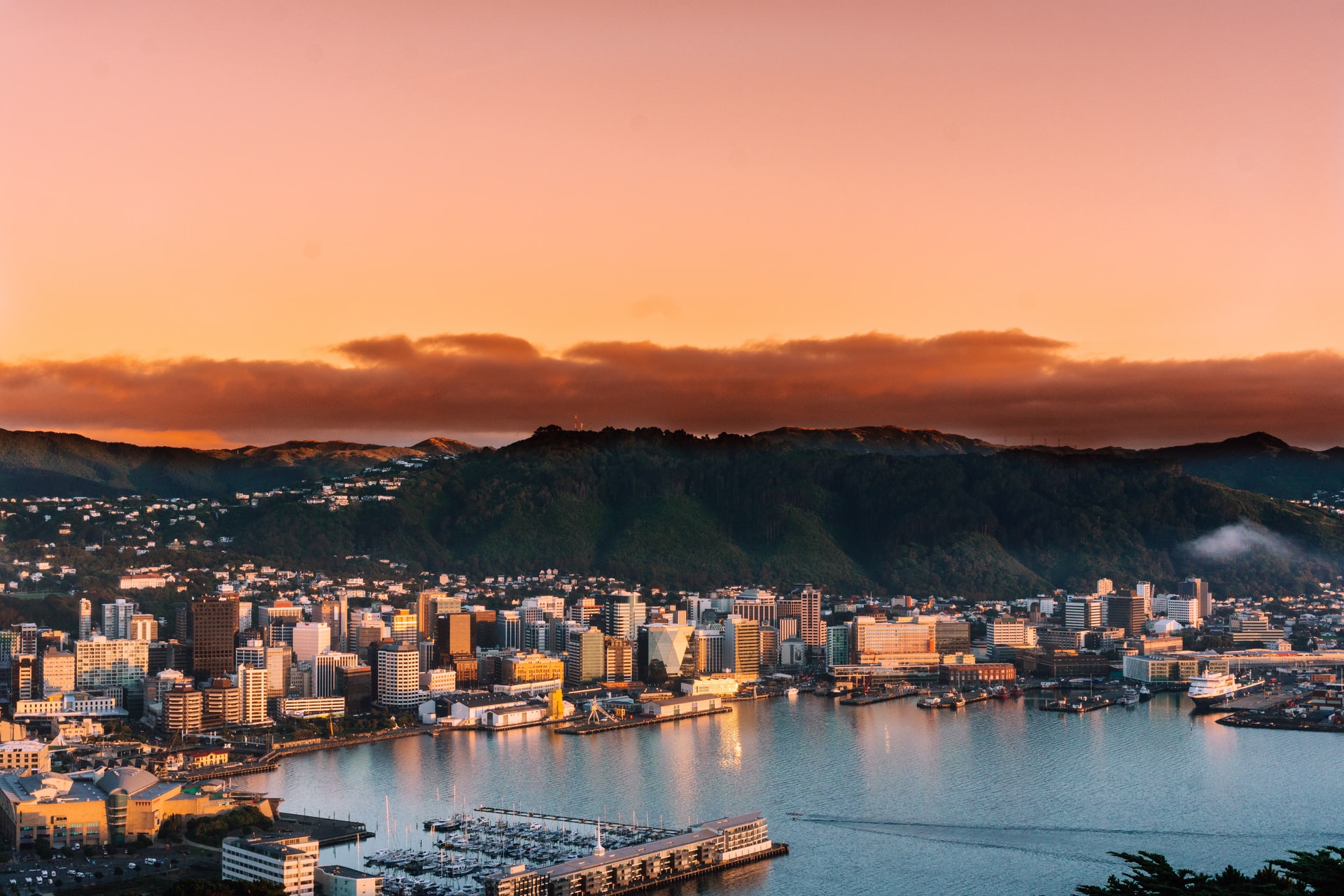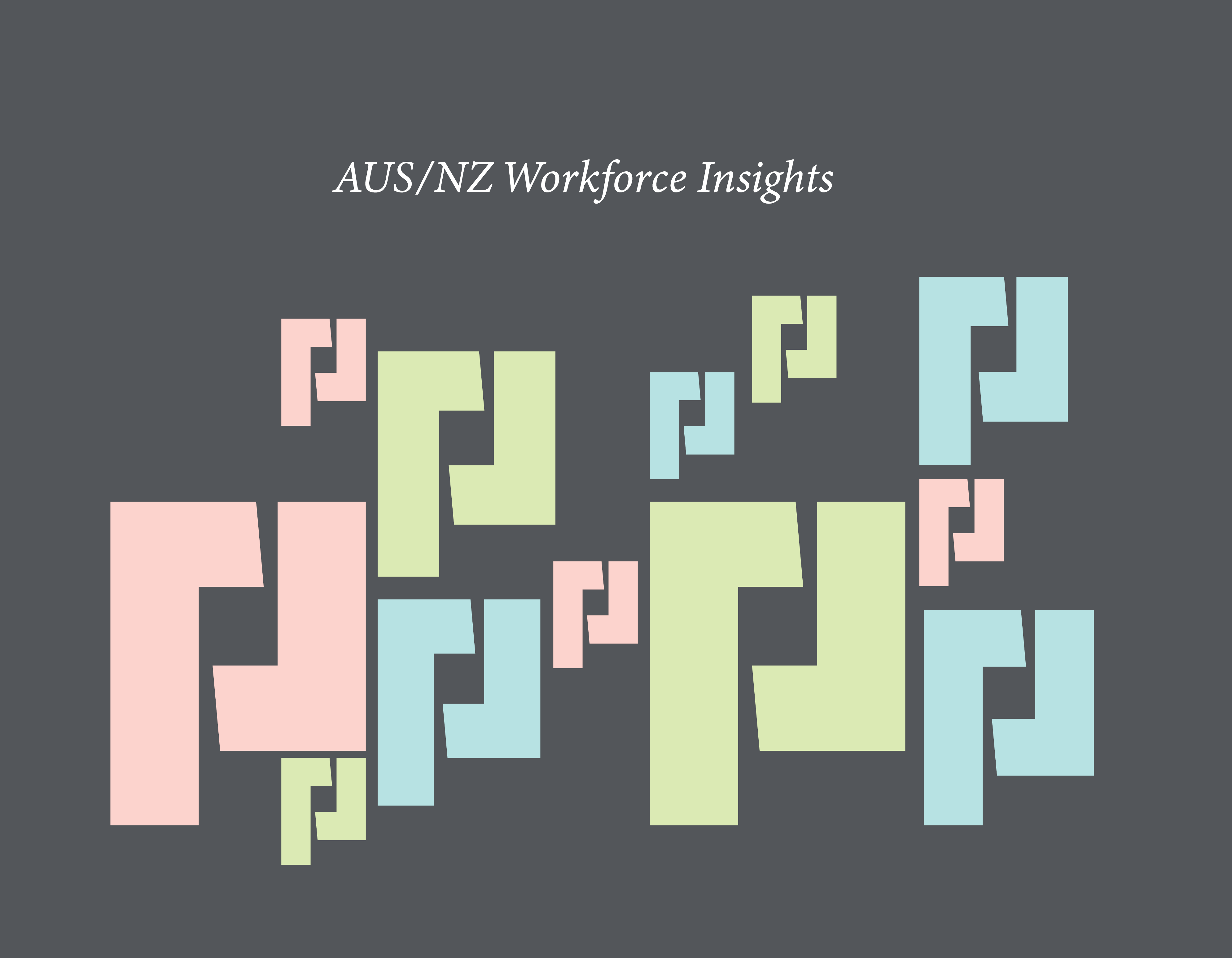A fine balancing act to keep growth on track
Thursday’s Budget was a stark reminder of how close New Zealand came to an economic catastrophe as a result of the COVID-19 pandemic.
Rather than the full-scale economic recession that looked certain 12 months ago, Finance Minister Grant Robertson was able to deliver a 2021 Budget with a remarkably upbeat outlook.
The country has bounced back quickly from the sharpest fall in its history, and all the key indicators are headed in the right direction.
The Key takeaways
- $57bn four-year infrastructure spend
- $3.6bn social welfare lift
- Extended training incentives
- Industry transformation
- Housing market slowdown
A remarkable recovery
The Budget forecasts real GDP growth of 2.9% in the year ending June 2021, which will increase to 3.2% in 2021-22 and 4.4% the following year.
The unemployment rate, which a year ago was forecast to reach 10%, is currently at 4.7% and is forecast to fall to 4.2%, with an additional 200,000 people entering employment over the next four years. Wages are forecast to grow by 3%.
Exports are forecast to grow by an average 5.8% over the next four years and business investment by almost 6% a year.
New Zealand’s recovery to date has been stronger than in many other developed economies and demonstrates the economic dividend that has accrued from managing the pandemic.
The international story is stark – between December 2017 and December 2020, New Zealand’s GDP increased by 4.2% compared with 3.4% in Australia, 2.5% in the US, and falls of 2.8% in the Euro area and 5% in the UK.
The budget deficit in the current 2021 financial year is forecast to be about half of what was predicted a year ago, yet the impact of COVID-induced spending will see budget deficits out to at least 2025.
New Zealand’s net government debt currently stands at about 40% of GDP – an unthinkable level just a few years ago, but not so alarming when compared to countries such as Canada (47%), Australia (54%), UK (105%) and US (110%).
The first Budget in Prime Minister Jacinda Ardern’s second term was described by the Finance Minister as one aimed at ‘securing our recovery’ and it could have emulated the recent Australian Budget with a massive spending boost to lock in growth.
But unlike in Australia, New Zealand is more than two years away from the next election, so the government could afford to be more prudent in its spending.
Hence, there was a more targeted array of spending with the biggest focus on social security, but with big injections in infrastructure, transport, skills training and manufacturing – areas that will help to secure longer-term productivity gains.
A centrepiece is the $3.6 billion, four-year commitment to tackle inequality by lifting social security benefits by between $32 and $55 a week, in line with a recent recommendation of the Welfare Expert Advisory Group.
The welfare changes tie in with the aim of the stimulus package and take effect in two stages – July this year and April next year – and will see a single adult Jobseeker about $48 a week better off.
Infrastructure
The standout item on the spending side is a $57.3 billion programme of infrastructure spending over the period to 2025.
It includes a $4 billion expansion of the multi-year capital allowance, taking it to $12 billion over the four-year period.
There is an estimated $10 billion of investment in roads and public transport projects, $1.3 billion extra for rail freight, $761 million for capital funding in the education portfolio, and $700 million for District Health Boards’ capital investment.
Investment in training and skills reform
The government has built on its COVID-related apprenticeship funding support by extending the Training Incentive Allowance to level four to seven qualifications, designed to enable an estimated 16,000 sole parents, disabled people and carers to gain degree-level qualifications.
There will also be almost $280 million to reform of vocational education in order to create a unified funding system.
Up to 60,000 small businesses will be able to access digital skills training through a $44 million digital skills programme.
Transforming critical industries
There is a strong focus on steps to help rebuild industries most impacted by COVID and others which are critical to future prosperity and capability.
The government will develop Industry Transformation Plans across seven areas where it believes there is a global competitive advantage or where transformation is needed to increase productivity.
These selected industries are advanced manufacturing, agritech, food and beverage, digital, construction, tourism, and forestry and wood processing.
Cooling a hot housing market
One intriguing element of the Budget is the governments’ ongoing efforts to slow galloping home prices and address the escalating problem of housing affordability.
The Budget papers show that Treasury estimates annual house price increases will peak at 17% in June this year before dropping to under 1% over the next few years.
The Budget papers concede that this will be a “sharp adjustment but a very necessary one.”
“The Government’s concern is not just that house price growth was unsustainable, but also that the balance was too much in favour of speculators and investors and away from first home buyers,” the Budget papers say.
The government has already intervened to dampen the housing market by adjusting lending ratios and is now pouring $3.8 billion into a Housing Acceleration Fund to increase housing supply.
Protecting New Zealanders from infection
There is no avoiding the ongoing cost of COVID-19 management.
The government has allocated just under $1.5 billion to the COVID-19 Vaccine and Immunisation Programme, including just over $1 billion for advanced purchase agreements for vaccines.
A total of $4.7 billion has been devoted to the health budget including for the transition to a new health system and establishment of a Māori Health Authority.
There was also a renewed commitment to the promised Social Unemployment Insurance scheme which would provide workers who lose their jobs around 80% of their income, with minimum and maximum caps.
While the latest Budget is about managing the path out of COVID, there is also a strong social justice end equity element that is a hallmark of the government.
Indeed, the Finance Minister makes clear that it is part of a three-Budget strategy to alleviate poverty, address educational opportunity and tackle climate change. As he says, “we cannot deliver everything in one Budget”.
Trying to manage the balance between social equity and economic responsibility was one of the key aims of this document.
Many were urging greater spending, while others despair at the size of government and the legacy of debt that has flowed.
In the end, the Budget seems both ambitious and appropriate. When governments everywhere, even conservative ones such as in Australia are on a spendathon, New Zealand’s latest offering seems modest by comparison.
Unless stated otherwise, information was sourced from the New Zealand Government Budget 2021 documents, ministerial statements, media releases and portfolio papers: budget.govt.nz. This is general information only and should not be taken as constituting professional advice from Programmed. Programmed is not a financial adviser. You should consider seeking independent legal, financial, taxation or other advice to check how the information relates to your unique circumstances. Programmed is not liable for any loss caused, whether due to negligence or otherwise arising from the use of, or reliance on, the information provided. Featured photo by Sulthan Auliya on Unsplash.
Together, Programmed and PERSOLKELLY are the leading providers of staffing, operations and maintenances services across Australia and New Zealand and one of the largest workforce solutions providers in the APAC region.
From market-leading staffing programs to advanced people management, innovation and technology; we support your business to navigate and stay ahead of the rapidly changing world of work.
Together our experienced, capable team of problem-solvers will help you achieve more.
*Photo by Sulthan Auliya on Unsplash)






